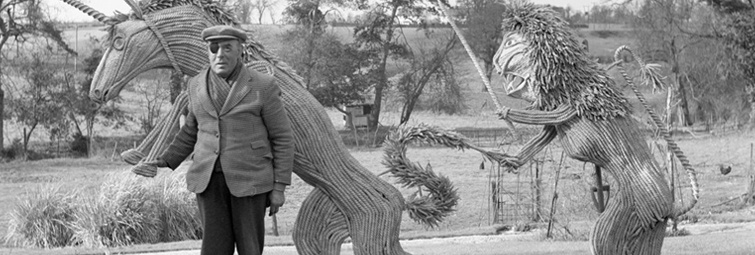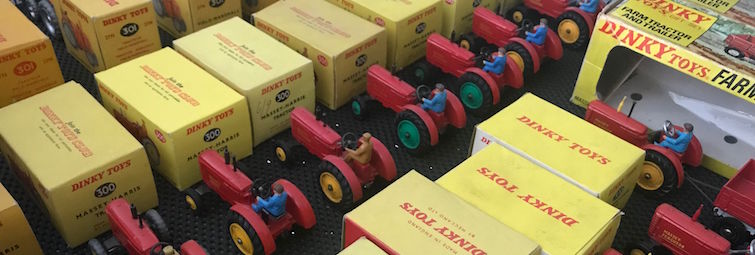Superstitious in the countryside: ten British farming superstitions
Bedknobs and broomsticks, eels and bees. Discover rural superstitions evidenced in The Museum of English Rural Life collection and archive.
Breaking the Colour Bar: Amelia King and the Women’s Land Army
To tie in with our Women’s Land Army online exhibition and our most recent ‘object-handling at home’ blog, revolving around a shoe from the Women’s Land Army uniform, in this guest blog researcher Tamisan Latherow introduces us to the little-known and extraordinary story of one particular land girl. Amelia King was of Afro-Caribbean ancestry and her […]
Object-handling at home – Women’s Land Army shoes
In this post our curator, Ollie Douglas, introduces us to explore shoes issued to members of the Women’s Land Army during the Second World War and invites us to visit our new online ‘Land Girls’ exhibition. He describes some simple, hands-on (and ‘feet-in’) ways for us to learn about the footwear given to ‘land girls’, encouraging us to think about […]
Farming and mental health – past and present
Covid-19 is already having a massive economic, social, and psychological impact on rural communities and the farming sector. The impact on mental health and wellbeing will be ongoing, adding to existing pressures. In this post, Dr Sarah Holland of the University of Nottingham explores the historic relationship between rural communities, farming, and mental health. She draws […]
Contested Countryside: Commons & the Cold War
This ‘Contested Countryside’ blog by Felicity McWilliams tells a story from the Museum’s newly acquired archives of the Open Spaces Society, Britain’s oldest national conservation body. It explores the disproportionate impact of a small group of West Berkshire Commoners on the US-USSR nuclear arms race in the 1980s. Greenham Common is an 855-acre gravel plateau […]
Object Handling at Home – farm toys
In this post our curator, Ollie Douglas, introduces us to a new display of farm toys, helping us think about how farm miniatures are made and what they tell us about the world. If we were in The MERL we’d be unveiling Playing at Farming, a new farm toy display. Since we aren’t able to […]
“Gambling with floods?” An immersive Sci-Art exhibition
In this guest blog, Dr Louise Arnal joins us to discuss her immersive SciArt installation “Gambling with Floods?”, which was exhibited at the Museum from the 1st to the 15th November 2019. Through a fusion of scientific and artistic practice, “Gambling with Floods?” invites its viewer to experience first-hand the complexities of forecasting flooding. How […]
Agricultural Shows in the Picture
As we enter the virtual showground and magnificent new website of The Greatest Online Agricultural Show to celebrate our friends in the virtual farming community, we wanted to post to our own blog to mark the moment. What better time for our curator Ollie Douglas to delve into the rich culture and history of agricultural shows? […]
Object-handling at home – the smock
In this special #MuseumFromHome post our curator, Ollie Douglas, introduces us to smocks and helps us to think about how they are made and what we know about them. He describes some simple, hands-on ways for us to think and learn about their physical attributes (all without having to leave our own homes). Smocks were […]
Object-handling at home – the bee skep
In this post our curator, Ollie Douglas, introduces us to bee skeps and helps us to explore their history, construction, and design. He describes some simple, hands-on ways for us to think and learn about how bee-keepers used to house their bees (all without having to leave our own homes). A bee skep is a […]









